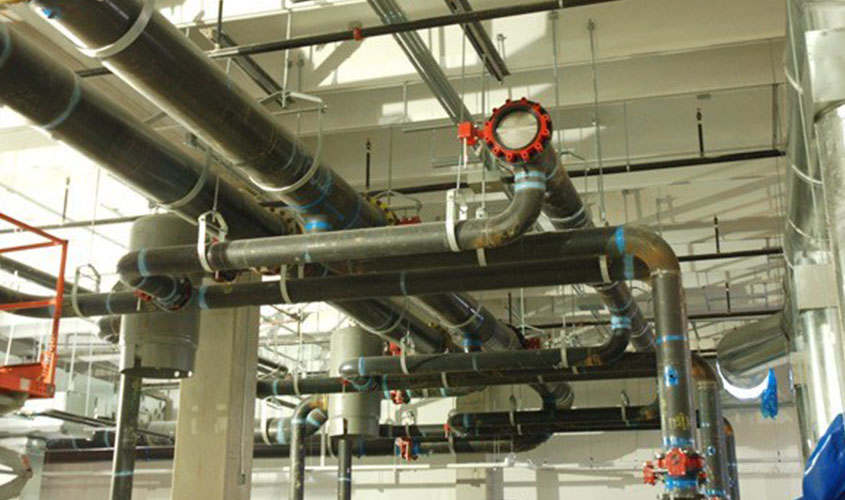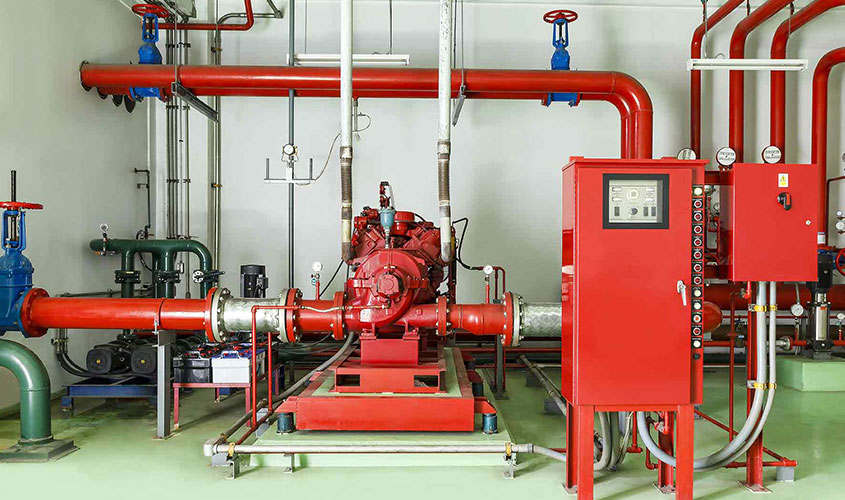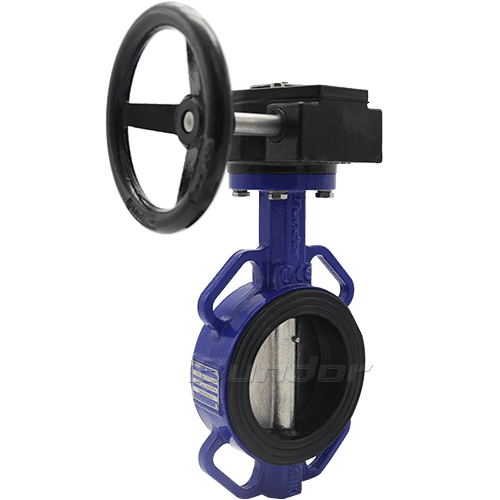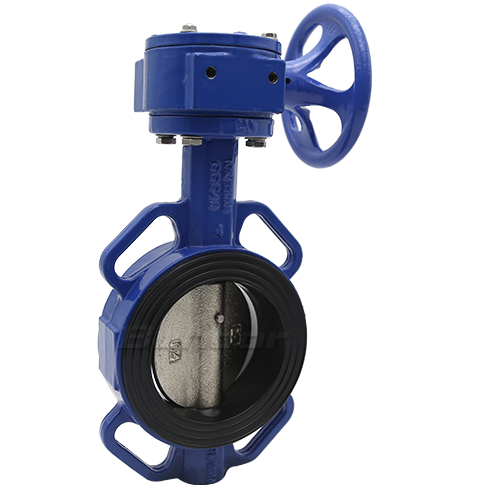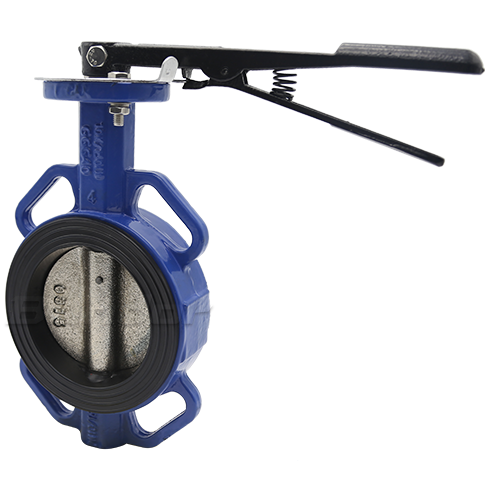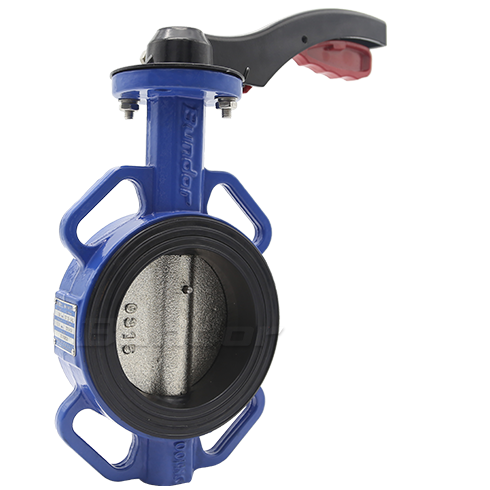A check valve is a valve in which the opening and closing member is a circular flap and acts on its own weight and medium pressure to block the flow of the medium. It is an automatic valve, also known as a check valve, non return valve or isolation valve. Common check valves are as follows.
The first is the lift check valve, which is available in both vertical and horizontal versions. The shape of the lift check valve is the same as that of the shut-off valve, so its fluid resistance is large. The flap slides along the vertical centerline of the valve body. When the medium is downstream, the flap is opened by the medium thrust. When the medium stops flowing, the valve flap descends on the valve seat.
1. Vertical lift check valve. The direction of the medium inlet and outlet passage is the same as the direction of the valve seat passage, so the flow resistance is smaller than the straight-through type. The vertical lift check valve is installed in the vertical line.
2. The straight-through lifting check valve can only be installed in the horizontal pipeline. Limited by installation requirements, it is often used for small diameter applications DN<50.
The second type is a swing check valve. The flap of the swing check valve has a disk shape and rotates around the shaft of the valve seat passage. Because the valve channel is streamlined, the flow resistance is smaller than that of the lift check valve. It is suitable for small and medium diameter, low pressure and large diameter pipes (low flow rate and large diameter occasions where the flow does not change frequently). Its sealing performance is not as good as that of lifting.
1. The swing-type check valve is divided into three types: single-lobe type, double-petal type and multi-type type. These three forms are mainly divided according to the valve diameter. The purpose is to prevent the hydraulic impact from weakening when the medium stops flowing or backflows. Single-lobed swing check valves are generally suitable for medium-caliber applications. When a single-valve swing check valve is used for the large-diameter pipeline, a slow-closing check valve capable of reducing the water hammer pressure is preferably used to reduce the water hammer pressure. The double-valve swing check valve is suitable for large and medium diameter pipes. The double-grip swing check valve has a small structure and light weight, and is a fast-developing check valve. The multi-valve swing check valve is suitable for large diameter pipes.
2. The installation position of the swing check valve is not limited. It can be installed on horizontal, vertical or inclined pipelines.
The third type is a butterfly check valve, which is straight-through. The structure of the butterfly check valve is similar to a butterfly valve. The structure is simple, the flow resistance is small, and the water hammer pressure is also small. A check valve that rotates around the pin in the valve seat. The disc check valve is simple in construction and can only be mounted on horizontal pipes. And its sealing performance is poor.
The fourth type is a diaphragm type check valve. It has a variety of structural forms and uses a diaphragm as the opening and closing member. Due to its good performance of waterproof hammer, simple structure and low cost, it has developed rapidly in recent years. However, the temperature and pressure of the diaphragm check valve are limited by the material of the diaphragm.
Diaphragm check valves are suitable for use on pipelines that are prone to water hammer. The diaphragm can well eliminate the water hammer generated when the medium is reversed. It is generally used on low pressure normal temperature pipes, especially on tap water pipes. The medium generally passed has an operating temperature between -12 and 120 ° C and a working pressure of less than 1.6 MPa. However, the diaphragm type check valve can achieve a larger diameter, and the maximum can reach 2000mm or more.


